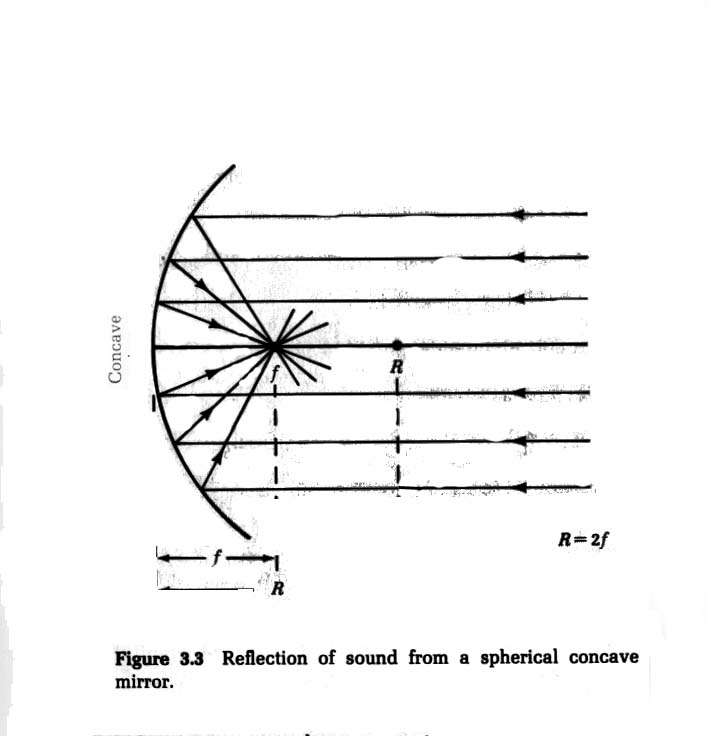Page 3: Sound Waves
Sound travels in waves. In John Askil's Physics of Music, he stated: "Sound is a mechanical wave motion in an elastic medium" (17). For us to hear sound, it must be in an elastic material. There cannot be any sound waves if the material is not elastic or if the material is in a vacuum. When we hear sounds, we hear disturbances.
The velocity of sound waves can be given in this equation:
Velocity = (Elasticity factor/Density)^(1/2).

image taken from source #1, page 18
Longitudinal sound waves are made up of compressions and rarefactions (when the air pressure decreases because of the sound waves in the air) in the air. Tranverse sound waves displace air molecules with air pressure. In the above image (the positions of the compressions and rarefactions are shown by C and R), the transverse wave is representative of the variation in the pressure and the displacement of the longitudinal wave.

image taken from source #1, page 23
Sound is reflected the way that light is reflected. When sounds collide with an object with a certain angle of incidence, they will reflect back off the object with an equal angle of reflection.
Other Pages: